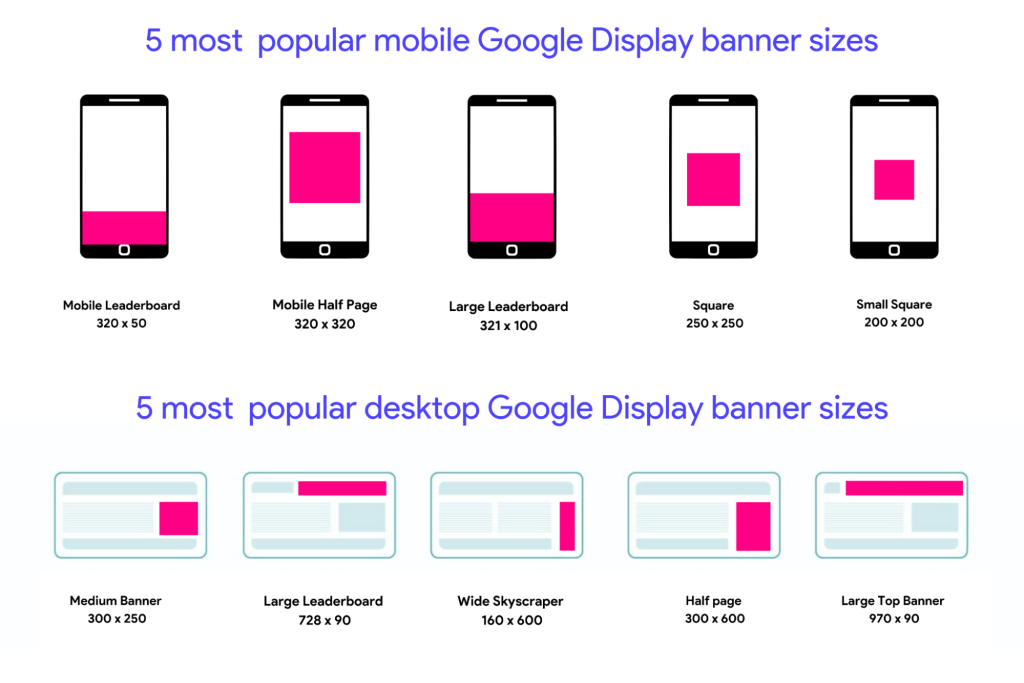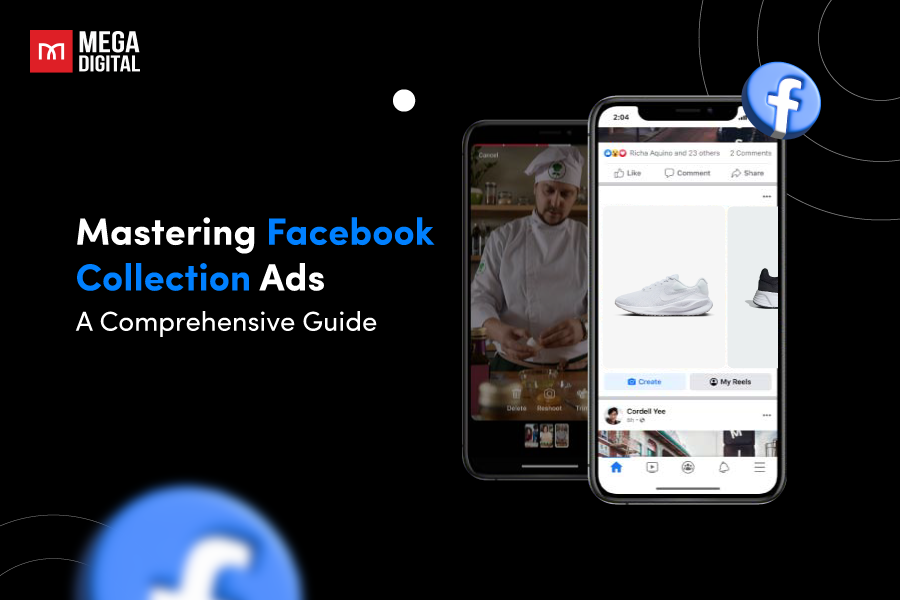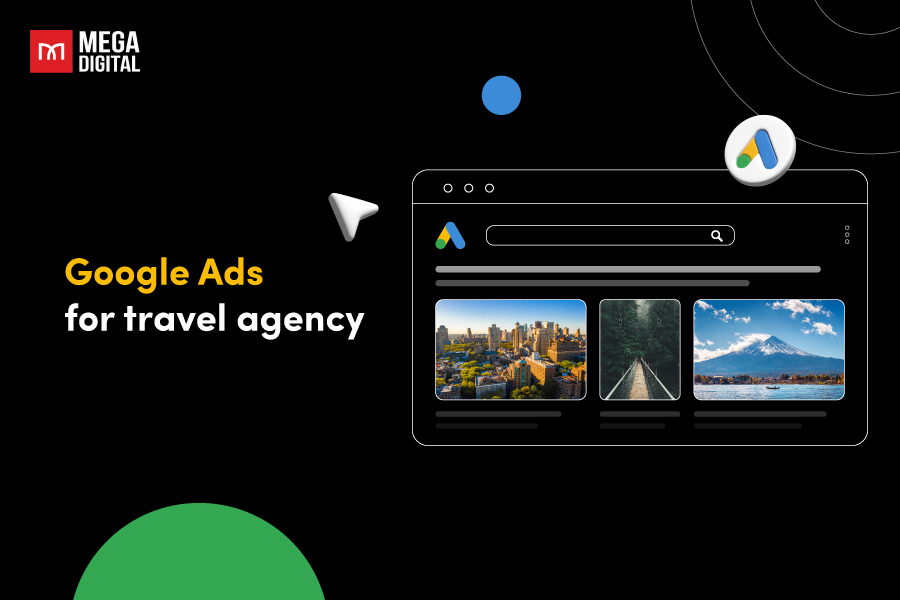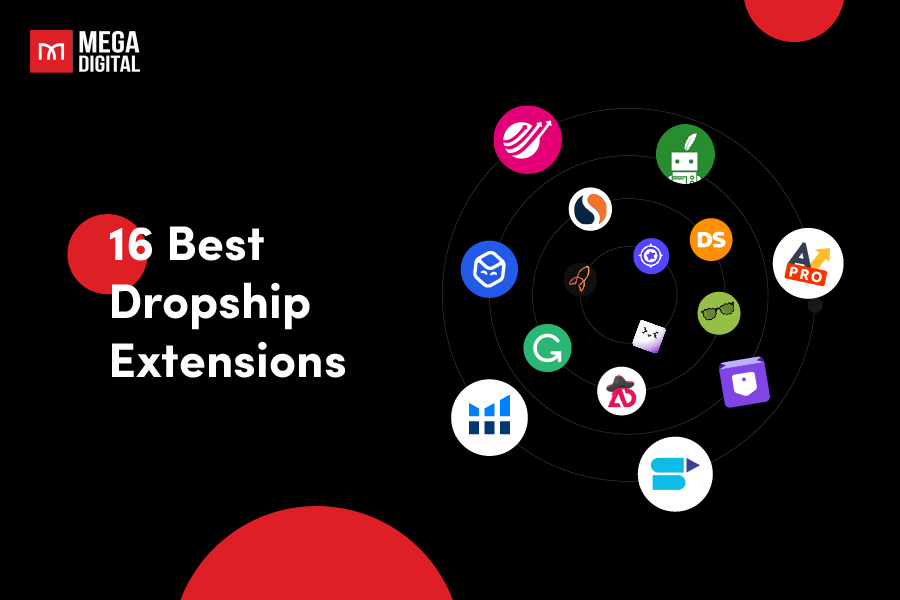Discover the top popular Google Display ads sizes and their specifications, along with an example. These best performing sizes can help boost your campaign’s effectiveness, engage your audience, and maximize conversions. Learn how to adapt to different placements and create visually appealing ads that grab attention with Mega Digital in this article.
Key insights on Display ad sizes
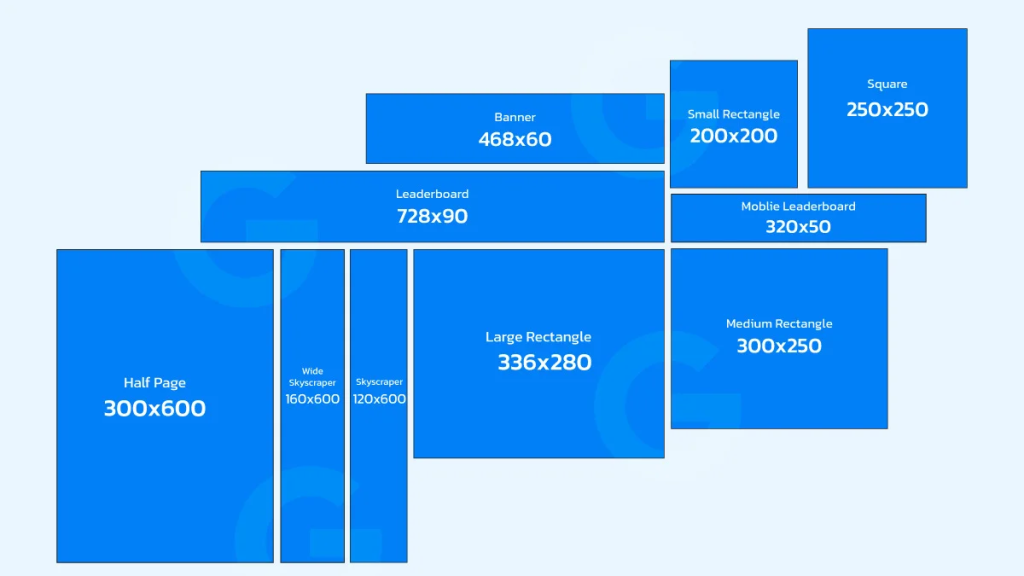
According to our experience when we run Display ads for our customers, bigger Display ad sizes tend to perform better than smaller ones. This makes sense since larger ads take up more screen space and are more likely to catch the viewer’s attention. They not only have higher click-through rates but also tend to generate more conversions.
However, it’s important for digital marketers to not solely focus on serving large ad sizes. This approach could be disadvantageous in most cases.
To simplify this process, let’s review the top most common Google Display ads sizes.
Most common Google Display ads specs
There are two main types of ads for Display campaigns: Static image ads and responsive display ads.
Image ads
Static image ads display ads with the images you provide. These ads remain the same and do not change based on the ad slots or performance. They showcase the images exactly as you initially provided them.
250 x 250 – Square
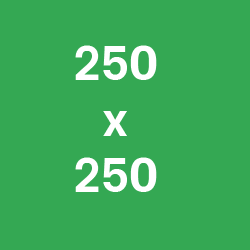
The 250×250 ad size is commonly used for text and display ads on both desktop computers and mobile devices. However, Google states that the availability of ad inventory for this size is often limited, resulting in potentially lower performance. Square ads, being small in size, are expected to perform less effectively compared to larger ad formats. Many marketers avoid using square banner ads as rectangular shapes are generally believed to be more appealing to audiences. Interestingly, rectangular banners tend to outperform square ones in terms of performance.
200 x 200 – Small Square
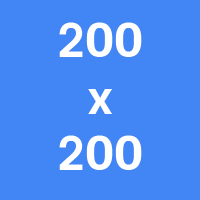
The small square ad size is a condensed version of the square ad, designed to occupy less space. It is available for both text and image display ads on desktop and mobile networks. However, similar to the square ad, there can be limited inventory for this size, which can result in poor performance. This is particularly challenging since the ad itself is quite small in size.
468 x 60 – Banner

Measuring 468 pixels in width and a mere 60 pixels in height, this display ad size is recognized as the traditional banner ad positioned at the top of webpages. Although it has been a widely used ad size on the Internet for the past twenty years, the performance of 468×60 ads appears to have diminished with the growing popularity of the Leaderboard format. These ads might have been more prominent in the past when people accessed the Internet on smaller screens with lower resolutions.
728 x 90 – Leaderboard Banner

Leaderboard banners are a highly effective ad size in Google Display ads. They have become the preferred choice over the 468×60 banner for securing prime advertising space at the top of the page or above the fold. When opting for this ad size, it’s crucial to ensure that you purchase slots at the top of the page, as they receive more frequent views compared to those at the bottom of the page.
300 x 250 – Inline Rectangle
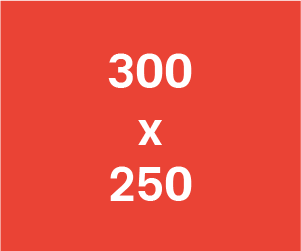
The inline rectangle is widely recognized as the best-performing Google Display ads image size. You might also know it as “MPU,” which can mean either a mid-page unit or a multi-purpose unit. These ads are commonly placed in the middle of webpages to create a visual break in the text. They can activate a lightbox ad or showcase video advertisements.
336 x 280 – Large Rectangle
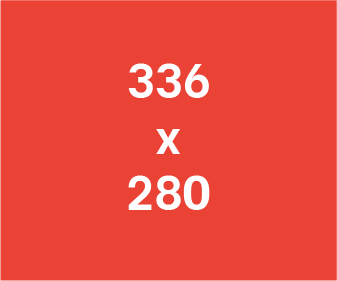
The large rectangle ad format generally delivers good results, making it a worthy consideration for your PPC campaign design. However, it’s important to note that there is often limited availability of ad inventory for this format. This is because many ad hosts prioritize the highly effective 300×250 inline rectangle format.
120 x 600 – Skyscraper

Skyscraper ads have a tall and slim design, allowing audiences to see them gradually as they scroll down a webpage. The 120×600 format, although still used on the Google Ads network, has become less popular due to the popularity of wider skyscraper and larger skyscraper ad formats. Google also mentions the limited availability of ad inventory for the 120×600 format, which can result in lower ad performance.
160 x 600 – Wide Skyscraper

The wide skyscraper is a broader variant of the standard skyscraper ad, offering advertisers increased visibility and higher click-through rates. Google has ample inventory for this ad size and recommends marketers create both text and display versions to optimize their campaign results.
300 x 600 – Large Skyscraper
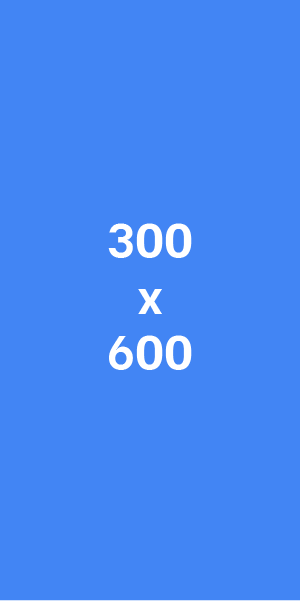
The large skyscraper format, also called a half-page ad, occupies a significant 180,000 pixels on the screen. Its substantial size makes it highly noticeable and allows for engaging user attention with video or expanding ad formats.
970 x 90 – Large Leaderboard

The Large Leaderboard is an expanding ad format that starts at the top of the page and then expands to a larger size of 970×415 pixels, pushing down the rest of the page content to create space. This format is one of the most common Google Display ads sizes, as it offers the opportunity to create remarkable brand experiences. However, it is still relatively new and not widely utilized, resulting in its underuse.
Responsive display ads
Responsive display ads are the primary ad type for the Display Network. They have the ability to automatically adjust their size, appearance, and format to fit various available ad spaces. These ads are designed to adapt their assets to achieve optimal performance.
To create responsive display ads, you can upload different ad components like headlines, logos, images, and descriptions (multiple assets of each type can be uploaded) into a single creative. Google will then generate and display your ads across the Display Network, optimizing them to deliver high-performing ads in real time. Remember these Google Display ads dimensions:
Image
1.91:1, minimum 600 x 314
1:1, minimum 300 x 300
Logo
1:1, minimum 128 x 128
4:1, minimum 512 x 128
5 best performing Google Display ads sizes
Based on our experience, Mega Digital will provide you with a helpful resource to assist your company in determining the best-performing banner sizes for your needs. Now, let’s explore which sizes ranked highest.
300 x 250 – Medium rectangle
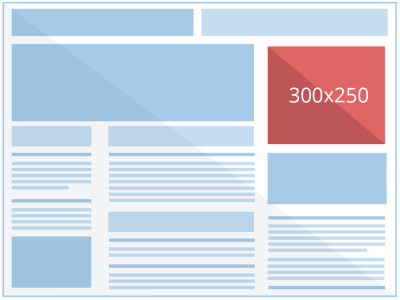
This ad size, commonly referred to as a “medium rectangle,” benefits from higher availability of ad inventory. Enabling both text and image ads can result in increased earnings. It shows the strong performance when placed within text-based content or positioned at the conclusion of articles.
Example:

336 x 280 – Large rectangle
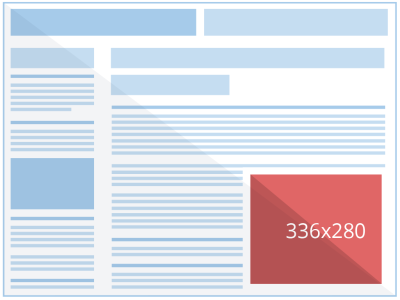
This Google Display ads image size often called a “large rectangle,” benefits from a greater availability of ad inventory from advertisers. Enabling both text and image ads can lead to higher earnings. It demonstrates strong performance when seamlessly integrated within textual content or placed at the conclusion of articles.
Example:
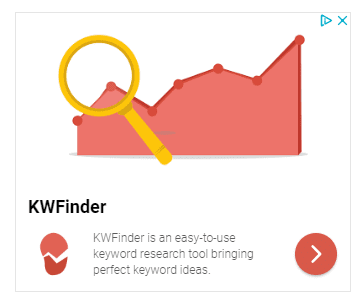
728 x 90 – Leaderboard
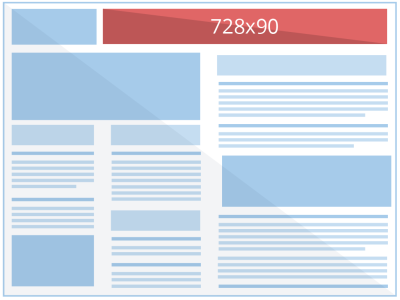
Also referred to as a “leaderboard,” this ad size typically enjoys a larger pool of available ad inventory from advertisers. Enabling both text and image ads can boost earnings. It demonstrates strong performance when placed above the main content, particularly on forum sites.
Example:

300 x 600 – Half page (Large Skyscraper)
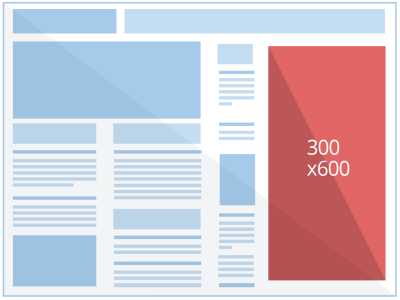
Referred to as a “half page” in some instances, this ad size provides advertisers with a larger canvas to effectively communicate their message, resulting in enhanced user engagement.
The 300×600 size is witnessing significant growth in impressions, signaling a trend where publishers are increasingly offering visually compelling ad sizes that align with the preferences of brand advertisers.
Example:
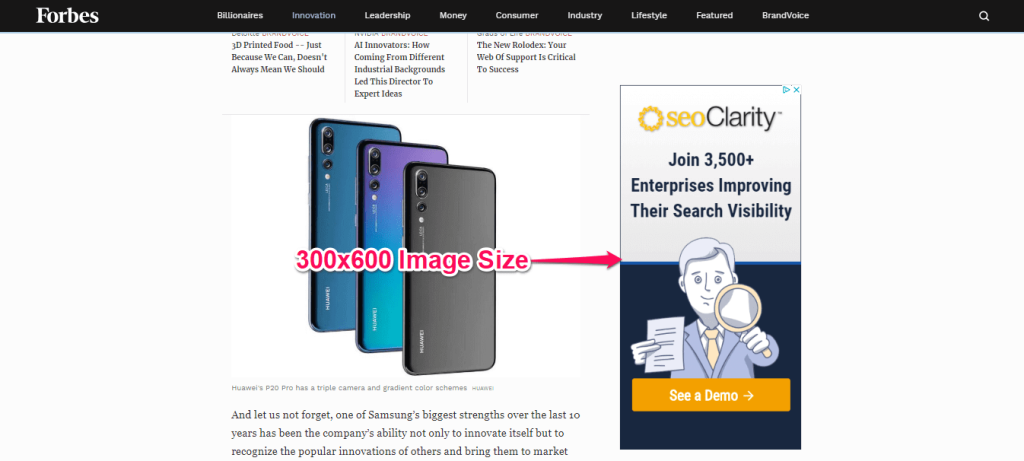
320 x 100 – Large mobile banner
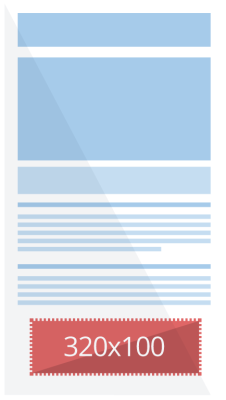
Frequently recognized as the “large mobile banner,” this ad size serves as a viable alternative to both the 320×50 and the 300×250 formats.
With double the height compared to our standard “mobile leaderboard,” these ads provide advertisers with an expanded vertical space to effectively convey their message.
Example:

How to choose the right Google Display ads sizes?
How can you make the most of available ad space? Which banner size is best for your next ad campaign?
The truth is, there’s no single answer that fits all situations. Statistics may suggest 300×250 and 728×90 sizes, but different factors influence the ideal size. There’s no universal Google Display ads size that works for every campaign. Consider these methods to choose the suitable size:
Identifying campaign goals
Are you aiming to increase brand awareness, drive website traffic, or boost conversions? Knowing your objectives will help you choose an ad size that aligns with your campaign’s purpose.
Consider target audience and the platforms
Different ad sizes may perform better on specific devices or websites. For example, mobile-friendly ad sizes might be more effective for reaching audiences browsing on smartphones or tablets.
Conduct A/B testing
Don’t just leave your banner ads running without any attention. Test them, just like you would test an ad on Google Search.
Create multiple variations of your ads and monitor their ads performance metrics, such as click-through rates (CTRs), conversion rates, and engagement levels. Analyzing these metrics will provide valuable insights into which ad sizes are resonating most effectively with your target audience.
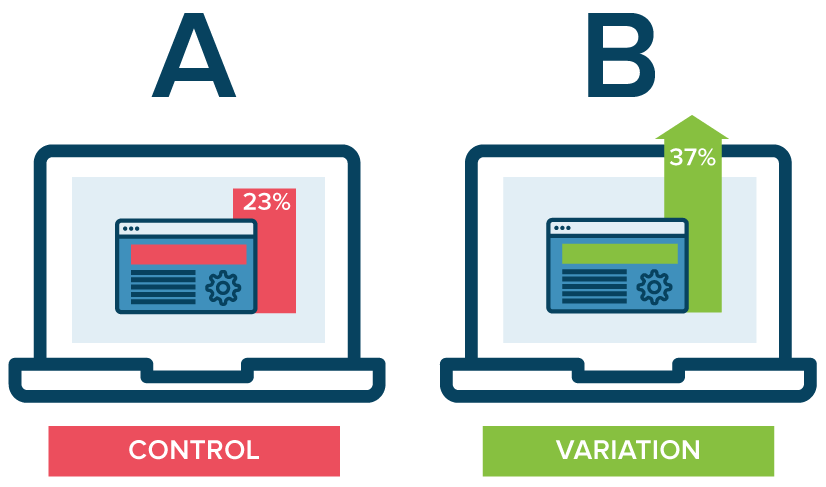
Stretching
It’s advisable to create your image in multiple sizes whenever possible. Stretching refers to the process where Google resizes an image to fit different ad spaces, either by enlarging or condensing it.
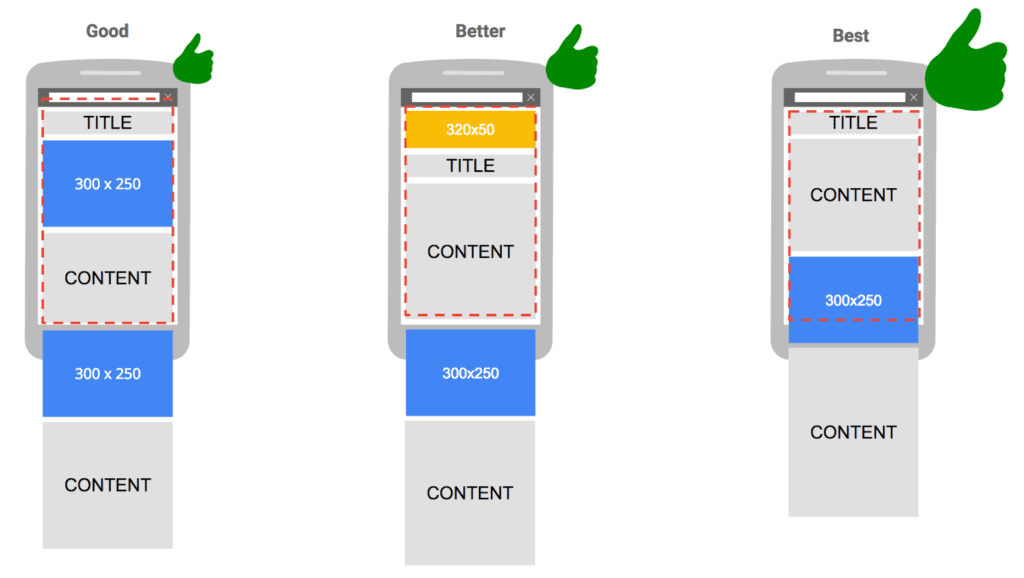
Optimizing Google Display ads sizes is vital for capturing audience attention and driving better performance. Let Mega Digital help you choose the right ad sizes and formats.
Final word
When it comes to creating impactful Display ads, having a solid understanding of the Google Display ads image sizes and specifications is essential. To ensure successful implementation and maximize your results, consider taking advantage of Mega Digital’s Google Ads Management service. With their expertise in Google Display ads specs, they can guide you in selecting the right ad sizes and help you create effective campaigns that drive meaningful results.







